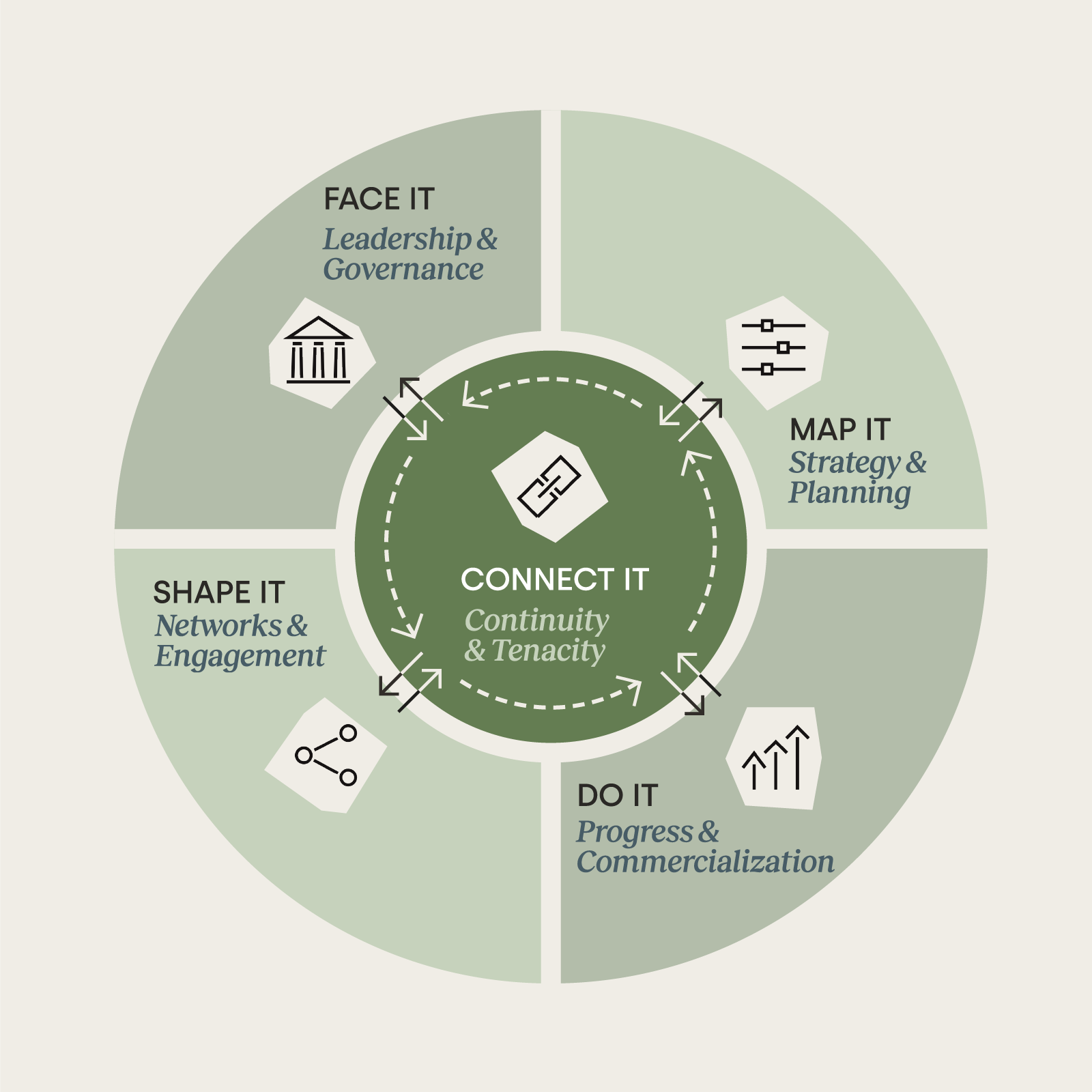The sustainability transformation is gathering steam. Many multinational companies recognize the increasing strategic importance of sustainability and are proactively assessing operational risks and seizing commercial opportunities. Long-term ambitions to reach net zero, become nature-positive, and improve social outcomes have been set out. However, the short-term actions being taken to achieve long-term sustainability goals often fall short, and companies struggle to imagine the new markets the transformation will bring. Why?
WBCSD and ERM undertook a dialogue to discover what is holding companies back and the practical steps that can be taken to drive immediate, decisive action aligned with long-term sustainability ambition and market success. This involved a series of frank, in-depth interviews and active engagements with over 130 global business executives and sustainability experts about what needs to be unlocked within business operations and in the mindsets of senior leaders to drive change. In Catching the Wave, we lay out our findings and present a set of actions that can help companies both successfully navigate this period of sustainability transformation and accelerate the rate at which it unfolds.
KEY MESSAGES
1. Companies must work with multiple truths to navigate the sustainability transformation successfully. Yes, the threat of social and environmental crises amplifying into one intertwined polycrisis is real, but solutions are charging ahead exponentially. Yes, it is tempting for companies to downplay the scale of the sustainability shift, but those that recognize and embrace it are poised to win. Companies need to weigh simultaneous truths to fully understand the situation and develop a successful approach to seizing the opportunities (and managing the risks) of the sustainability transformation.
2. Companies must be honest about internal barriers to successfully integrating sustainability, focusing on three in particular: short-term focus, sustainability-as-a-cost mindset, and sustainability skills and awareness gaps. Furthermore, existing external barriers should not be used as excuses for inaction. There is considerable commercial value to gain when companies face the organization’s internal hurdles: doing so makes companies more effective in pushing and seeking collaborations to lift the most persistent external barriers.
3. Companies should neither underestimate nor get overwhelmed by the waves of disruption the sustainability shift brings now or in the future. Systemic transformations are tough to navigate but follow similar patterns, and most organizations have been through at least one before. The ongoing digital transformation is a good example: it has radically altered business – operations, markets, business models – and society. The companies and sectors that embraced the digital revolution and dared to experiment and radically innovate came out stronger. Many that played it safe languished or disappeared. The sustainability transformation will not be any kinder to reluctant movers.

4. All companies are learning on the go with the sustainability transformation; no off-the-shelf blueprint for action exists. However, by looking closely at companies that have partially integrated sustainability successfully and how companies have navigated systemic upheavals in the past, the outlines of an approach to unlock action and commercial value emerge. Based on in-depth interviews and extensive desk research, the sustainability transformation framework presented in Catching the Wave (see Chapter 4) reflects the best available practical knowledge and experiences about what has worked for companies in the advanced stages of integrating sustainability and explains how to translate this into commercial success, operational efficiency, and resilience.
5. In conversations with companies that tested the framework during its development, we learned that our sustainability transformation framework offers various entry points and works across whole companies and value chains. It can, among other things, help solve thorny issues that arise during strategy development, guide integration, product, and marketing decisions, help companies spot opportunities to manage people better, and improve collaboration with suppliers and peers.
